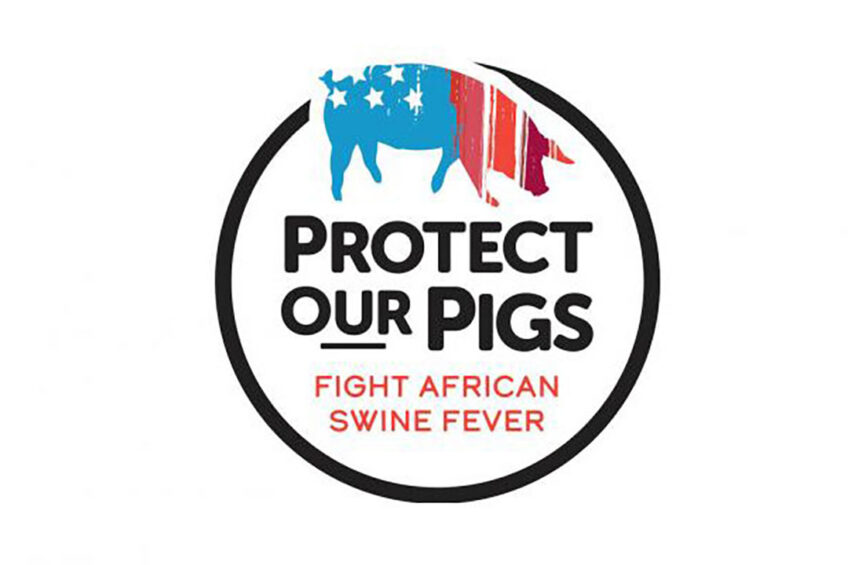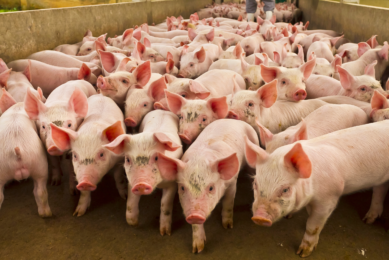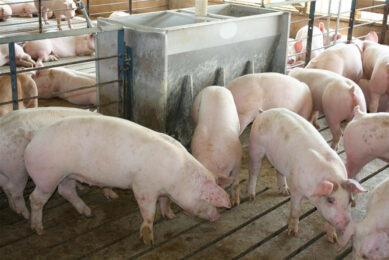US swine industry: new efforts to prevent ASF

US pork producers are hopeful that major recent announcements will improve disease control and more.
Among recent developments in the US swine sector is an announcement on June 15 of new efforts to help prevent the introduction and spread of African swine fever (ASF), by the US Department of Agriculture (USDA) Animal and Plant Health Inspection Service.
New outreach and awareness campaign
The Service is launching a new outreach and awareness campaign called ‘Protect Our Pigs’. It will support commercial pork producers, veterinarians and pig owners with information and resources to help safeguard the US swine population and the entire pork industry from infection.
The new Protect Our Pigs website will offer downloadable fact sheets and posters, instructional videos, shareable social media graphics, a new interactive biosecurity guide and the latest disease updates.
On June 29, a webinar entitled ‘African Swine Fever: What You Need to Know’ will be held for producers and others in the industry.
50 billion dollars over 10 years
It is estimated that, with the US being one of the world’s top countries for pork production and the second-largest pork exporter, entry of ASF could cost the US $ 50 billion dollars over 10 years after entry.
In a news release, Jenny Lester Moffit, the USDA Under Secretary for Marketing and Regulatory Programs, recognises that ASF, “if detected in the U.S., could ravage our swine population, nation’s pork industry, and farming communities.”
Contest launched
During the Covid-19 pandemic in 2020, the US experienced unprecedented processing backlogs and the need to euthanise millions of pigs.
To deal with the potential need for future mass euthanasia due to ASF or for other reasons, the Pork Industry Innovation Challenge has been launched.
The goal of this challenge is to develop an innovative on-farm foreign animal disease mortality management method for swine. It is being launched by Pork Checkoff, a program that requested by producers decades ago to strengthen the position of pork in the marketplace.
The submission period for the Challenge ends July 31, 2022.
Entries must contain a clear, concise textual description of an idea or method to improve on-farm swine foreign animal disease mortality management, which is capable of being scaled up. The method must be the Entrant’s wholly original work.
New priorities
Meanwhile, on June 13, a panel led by US National Pork Producers Council (NPPC) experts presented at World Pork Expo. They highlighted the industry’s current policy priorities vital to future success.
These policies were announced by NPPC on June 8. The organisation states that “under the direction of new leadership and guided by a long-range strategic plan and additional financial resources, NPPC unveiled a new brand identity to symbolise the organisation’s transformation and energized focus on driving growth for the U.S pork industry. NPPC will work to ensure that the producers’ common goals become reality — to operate to the high standards producers set, to advance sustainability and animal health, and expand global markets.”
The 5-year strategic plan was developed by a task force of industry leaders spanning the pork supply chain. The task force identified priority advocacy issues to be trade, foreign animal disease, labour and preserving producers’ freedom to operate.











